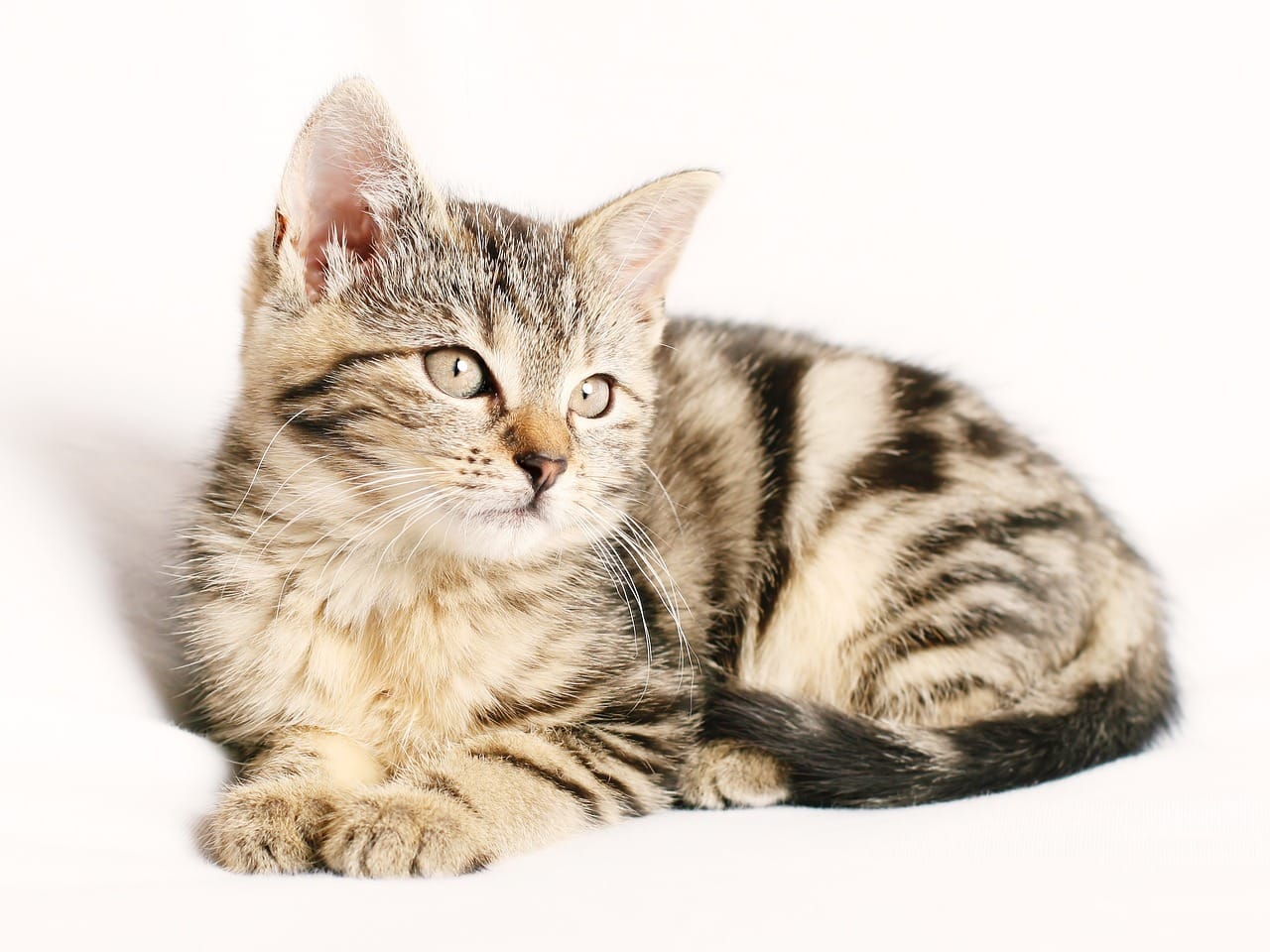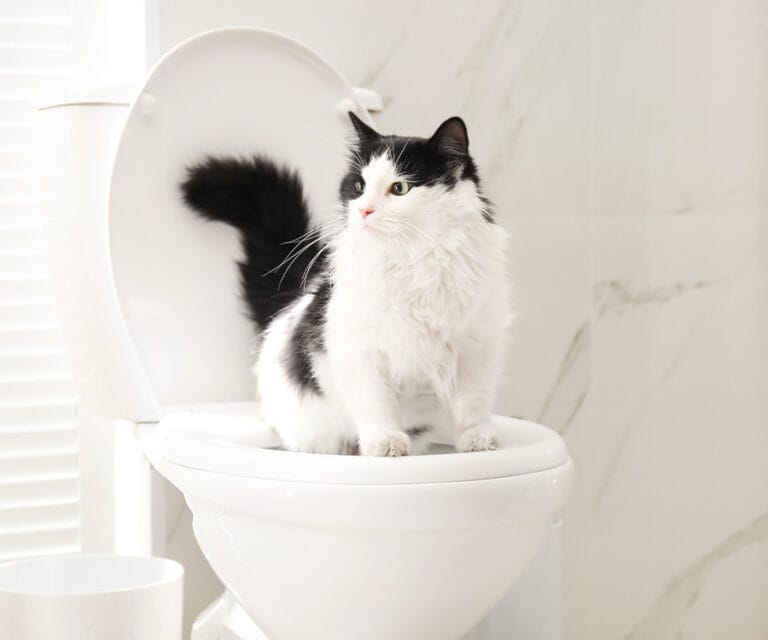“Why do cats pee on clothes?” is a common question among cat owners and a significant reason for surrendering cats to shelters. Discovering your clothes soaked with cat urine is hardly ideal. Beyond the unpleasant odor and cleanup, it raises concerns about your cat’s health and well-being.
Understanding why your cat might be urinating on clothes involves examining various potential factors, from health issues to behavioral problems. This comprehensive guide will help you delve into the reasons and find effective solutions.
1. Medical Reasons
When your cat starts urinating outside the litter box, the first step is to rule out any underlying medical conditions. Several health issues can lead to inappropriate urination, and it’s crucial to address these to ensure your cat’s health. Dr. Laura Monahan identifies the following medical conditions as possible causes:
- Kidney Disease: Kidney problems can disrupt the body’s ability to filter toxins, resulting in more diluted urine and frequent urination. As toxins build up, cats may struggle to make it to the litter box in time, leading them to pee on clothes. If kidney disease is suspected, a veterinarian can perform tests to measure kidney function and recommend treatments or dietary changes to manage the condition.
- Diabetes: Diabetes causes increased thirst and urination in cats. As the condition progresses, cats may drink more water and consequently urinate more frequently. This increase in urination might result in accidents outside the litter box, especially if the cat is unable to reach it in time. Managing diabetes typically involves medication, insulin injections, and dietary adjustments.
- Urinary Tract Infections (UTIs): UTIs can cause pain and discomfort during urination, making the litter box a less desirable option. Cats might associate the litter box with pain and prefer urinating on softer surfaces, like clothes. UTIs are diagnosed through urinalysis and treated with antibiotics. It’s essential to complete the full course of medication to fully resolve the infection and prevent recurrence.
How to Fix It?
For any suspected medical issue, take your cat to a well-reputed vet clinic for a thorough examination. The veterinarian will conduct necessary tests to diagnose the problem and provide a treatment plan tailored to your cat’s needs. Early intervention is key to managing health issues effectively and improving your cat’s quality of life.

2. Litter Box Issues
If medical conditions are ruled out, the next factor to consider is the litter box itself. Problems with the litter box can lead to your cat urinating on clothes. Here are some common litter box issues and their solutions:
- Size: Ensure the litter box is appropriately sized for your cat. A box that is too small can be uncomfortable and may deter your cat from using it. Larger boxes with higher sides are often preferred by cats, especially if they are older or have mobility issues.
- Cleanliness: Cats are very sensitive to cleanliness. A dirty litter box can be a major deterrent. Clean the litter box regularly, ideally one to two times daily, to maintain good hygiene and encourage consistent use.
- Type of Litter Box: Some cats have preferences for the type of litter box they use. For example, covered boxes can trap odors and make some cats uncomfortable. Try experimenting with different types of litter boxes to see which one your cat prefers. The choice of litter (clay, clumping, non-clumping, or natural) can also affect your cat’s willingness to use the box.
- Placement: The location of the litter box is crucial. It should be placed in a quiet, accessible area where your cat feels safe. Avoid placing the box near noisy appliances or in high-traffic areas. If the box is too high or difficult to access, especially for older cats, they might avoid it.
Solutions for Litter Box Problems
- Regular Cleaning: Dr. Ashley Darby emphasizes the importance of cleaning the litter box regularly. Daily scooping and a full cleaning of the box and surrounding area are necessary to keep it inviting.
- Multiple Boxes: In households with multiple cats, provide one more litter box than the number of cats. This arrangement helps reduce competition and territorial disputes. Each cat should have easy access to their own space.
- Appropriate Placement: Ensure the litter box is in a low, accessible area. A box that is easy to enter and exit will be more appealing to your cat. Avoid placing the box in dark or secluded corners that might make your cat feel trapped or unsafe.
- Experiment with Designs: Different cats have different preferences. Some might prefer a box with high sides, while others may like a lower entry. Trying various designs can help find the perfect fit for your cat’s needs.

3. Stress and Anxiety
Cats can also experience stress and anxiety, which they often manifest through behaviors like urinating on clothes. Stressful situations such as moving to a new home, adding new furniture, the absence of a caregiver, or the introduction of a new family member can trigger this behavior. Stress can cause bladder inflammation, leading to frequent and inappropriate urination.
What to Do?
Since cats cannot express their feelings verbally, it’s crucial to observe behavioral changes that might indicate stress. According to Dr. Stevce Ilievski, “decreased or increased appetite, excessive grooming, and hiding” are some of the signs of stress along with peeing outside the litter box. Once you identify the source of stress, work on resolving it. Creating a calm, stable environment can significantly reduce stress-related behaviors. In severe cases, your cat may need medication or behavioral therapy prescribed by a veterinarian.
4. Aging
As cats age, they face age-related complications similar to humans. Aging cats may experience joint pain or reduced mobility, making it difficult for them to reach the litter box. They might choose to pee on clothes left on the ground if the litter box is too high or difficult to access. Conditions such as arthritis can also restrict movement and make using the litter box challenging.
Solutions for Aging Cats
- Accessible Placement: Place the litter box in an easily accessible location. Choose a box with low sides or a ramp for easy entry and exit. This adaptation will accommodate the physical limitations of aging cats.
- Medical Management: Consult your veterinarian for managing age-related conditions like arthritis. Medications, supplements, or physical therapy can help improve mobility and comfort, making it easier for your cat to use the litter box.
5. Marking Territory
Cats are inherently territorial and may use urine to mark their space. This behavior is more common in unneutered male cats and can be more frequent in households with multiple cats. If you notice small amounts of urine, it might be marking behavior. However, larger volumes could indicate other issues.
What Is the Solution?
Neutering can significantly reduce territorial marking behavior. Additionally, ensuring that each cat has its own space and providing multiple litter boxes can help minimize territorial disputes.

6. Attention-Seeking Behavior
In some cases, cats might pee on clothes to attract attention. Even if you feel you are giving enough time to your cat, they might still crave more interaction, such as extra cuddles or playtime.
How to Address It?
Increase the quality time you spend with your cat. Offer additional affection, playtime, and mental stimulation to meet their emotional needs. Engaging in interactive play can also help alleviate attention-seeking behaviors.
Takeaway
To understand “Why do cats pee on clothes?”, start by ruling out medical issues through a vet visit. If no health problems are found, explore environmental and behavioral factors. Observing your cat’s behavior closely can help identify and address the underlying cause, ensuring a happier and healthier feline companion.
Sources
Atlantic: Why Is My Cat Peeing on Laundry?





